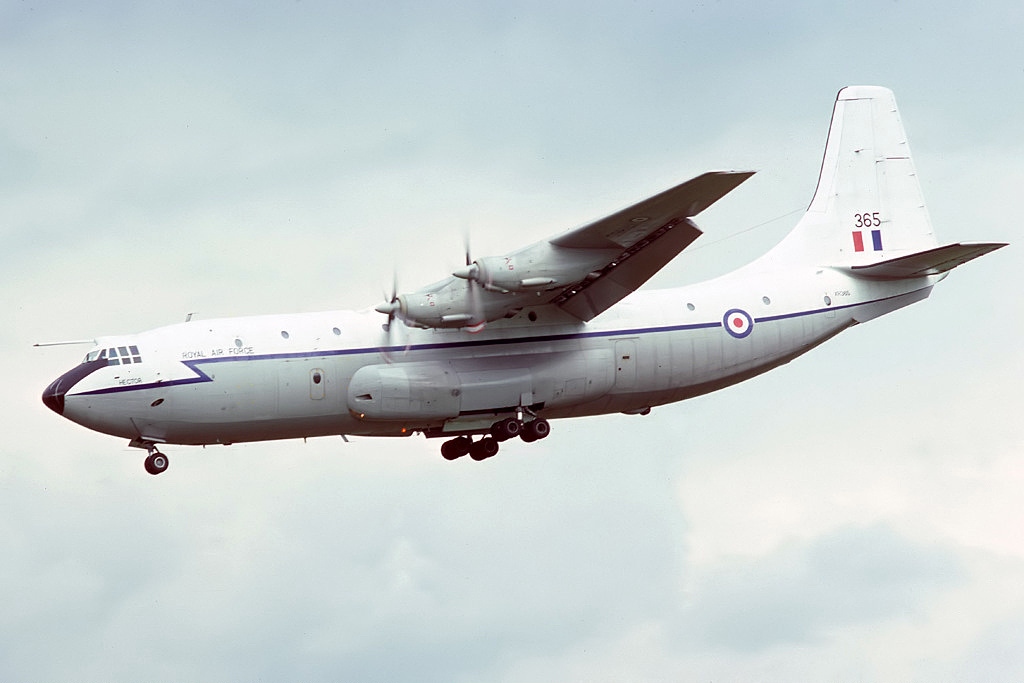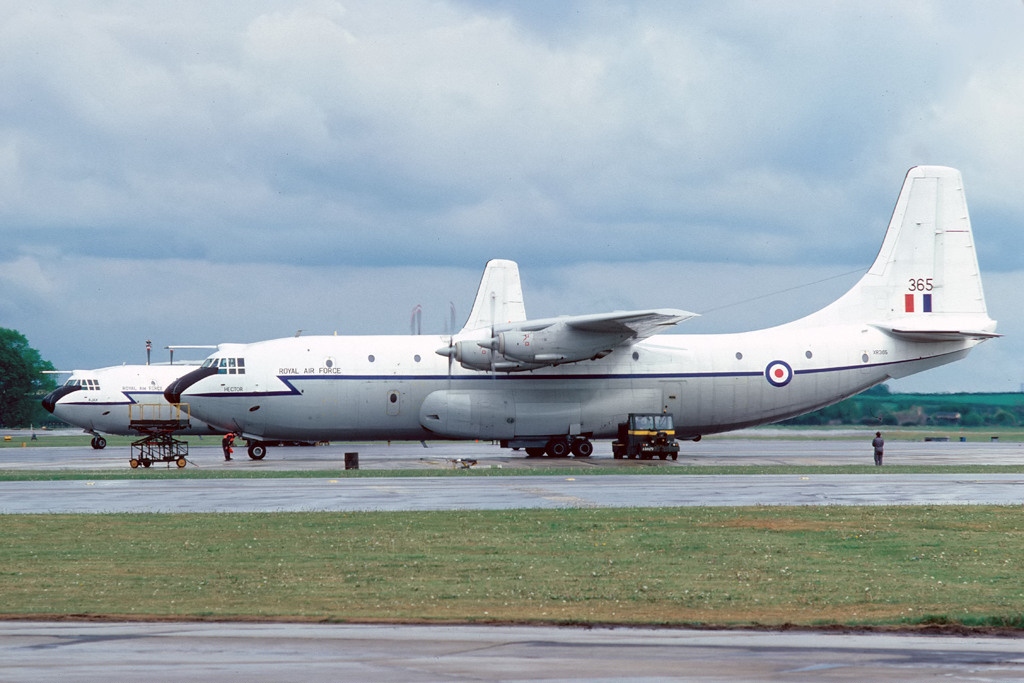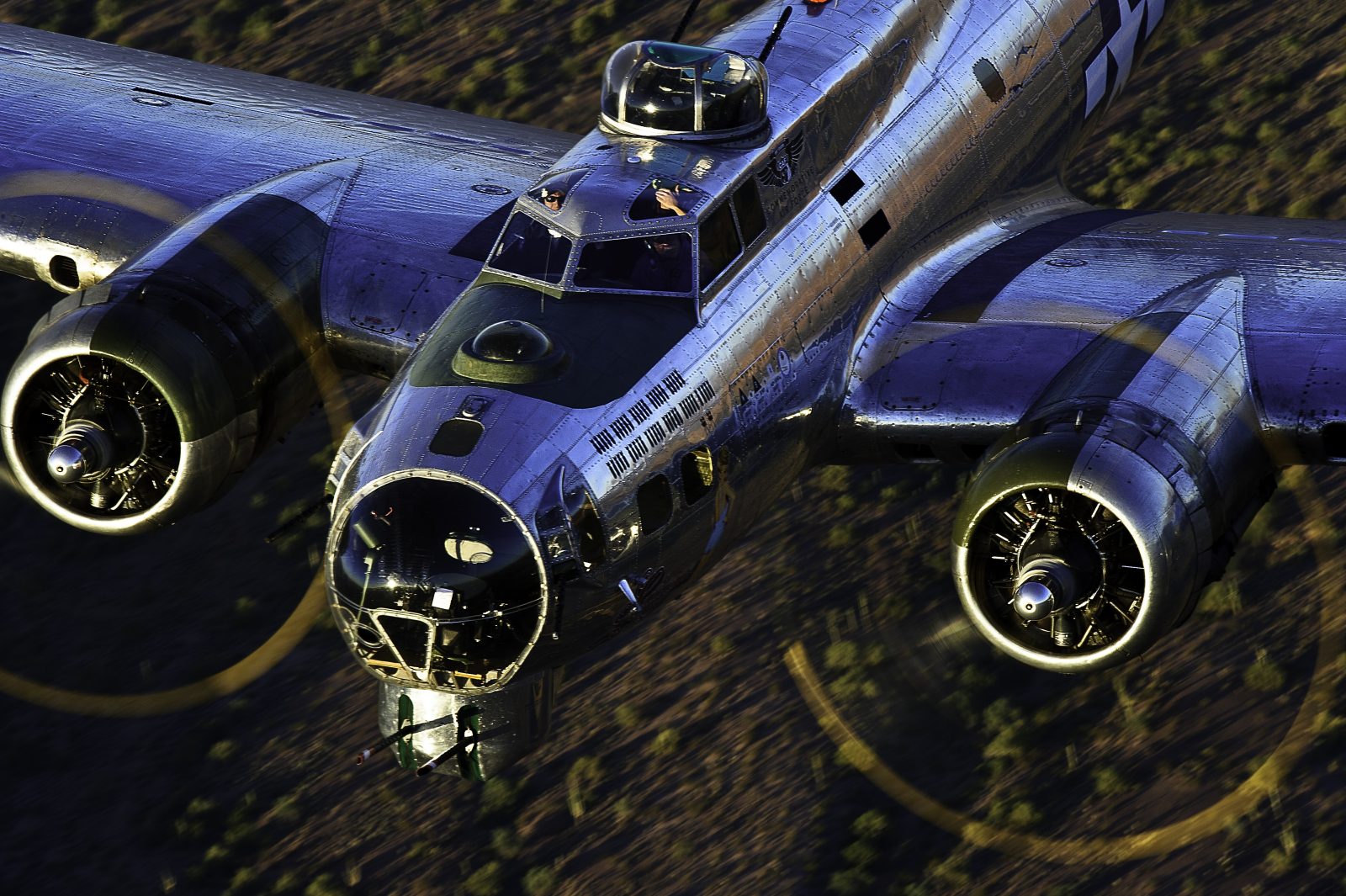Short Belfast Under Resurrection?
by Richard Mallory Allnutt
A rare, British cold-war era transport stirred to life recently after several years of dormancy at Cairns Airport in northern Queensland, Australia. The Short Belfast C.1 is a massive aircraft, even by modern standards, being almost twice as big as a Lockheed C-130 Hercules, and only slightly smaller than its more successful U.S. counterpart, the Douglas C-133 Cargomaster. The Belfast enjoyed only a brief career in Britain’s Royal Air Force, with the fleet of just ten examples serving from 1964 until 1976. Only two Belfast’s currently survive: XR371 nicknamed ‘Enceladus’ in preservation at RAF Museum Cosford in Shropshire, England, and XR365 ‘Hector’, which is the example in Cairns.
The British aircraft manufacturer, Short Brothers, or Shorts for short, dates back to the dawn of powered flight. They are well known for their water-borne aircraft, and probably most famous for their line of large, four-engined Empire Class flying boats which traveled the globe in the days leading up to WWII, and for the design’s military offshoot, the Short Sunderland. The latter, a long-range maritime patrol aircraft, gained a reputation for doggedly fending off seemingly overwhelming enemy forces… it was so fearsomely festooned with machine guns that it gained the self-ascribed moniker of ‘Flying Porcupine’. However, following WWII, with the abundance of high quality airfields for large, land-based transports, the days of the majestic flying boats were numbered. Shorts half century of association with water-borne aircraft was effectively over. In 1948, the company moved their headquarters from their long-time home in Rochester, Kent, to Belfast, Northern Ireland. The company built a succession of prototypes in the postwar years, such as the carrier-based Sturgeon and Semew, as well as the Sperrin four-jet nuclear bomber, which never reached production. Shorts survived mostly on piecemeal work, building other company’s designs under sub-contract, like the English Electric Canberra and Bristol Britannia.
Interestingly, it was the company’s license-built manufacture of the Britania which led directly to Short’s design of the Belfast. The initial proposal was to build a heavy cargo transport using the Britannia’s wings and tail grouping around a wholly-new fuselage. The compromise would reduce the type’s expense and development time, but also compromised the aircraft’s performance to some degree, even though the eventual design did evolve significantly from that first concept.
Nevertheless, the RAF ordered ten of them, all of which served with 53 Squadron, based mostly at RAF Brize Norton in Oxfordshire.
In keeping with its long-standing tradition of naming individual transport aircraft in its fleet, the Royal Air Force chose to name each of its Belfasts after a mythological ‘giant’, naming them by RAF serial as follows…
XR362 ‘Samson’ – scrapped Southend, England Feb.94
XR363 ‘Goliath’ – scrapped Southend, England Feb.94
XR364 ‘Pallas’ – scrapped Hucknall, England Jun.79
XR365 ‘Hector’ – in storage at Cairns Airport, Australia
XR366 ‘Atlas’ – scrapped Hucknall, England Aug.79
XR367 ‘Heracles’ – scrapped Southend, England 2001
XR368 ‘Theseus’ – scrapped Southend, England Oct.o4
XR369 ‘Spartacus’ – scrapped Hucknall Jul.79
XR370 ‘Ajax’ – scrapped Hucknall Jul.79
XR371 ‘Enceladus’ – on display RAF Museum Cosford
The type was a success in RAF service, but suffered the axe in 1976 during a massive spate of defense cuts which also saw the withdrawal of the deHavilland Comet and Bristol Britannia fleets. All ten Belfasts made it into civilian hands, but several succumbed quickly to the scrapper’s torch. Rolls-Royce acquired five Belfasts, flirting briefly with the idea of using the fleet to deliver their massive Trent jet engines around the world, but soon lost interest and demolished the majority at their facility in Hucknall after removing their Rolls-Royce Tyne turboprops for resale. They did at least donate ‘Enceladus’ to the RAF Museum for preservation (but still took her engines). Eventually, the five remaining survivors joined HeavyLift, a company which became synonymous with the type. HeavyLift used two examples for spare parts (Samson and Goliath), and flew the other three (Hector, Heracles and Theseus) for many years, hauling oversized freight all over the world.
HeavyLift even flew significant contracts with their Belfasts for the RAF, especially during the Falklands War and later in the Gulf War. Ironically, the enormous expense of these contracts would likely have kept the Belfast fleet flying in RAF service until the 1990s, had they not short-sightedly retired them in the 70s!
HeavyLift’s contracts began to dwindle following the end of the Cold War, which saw the Russian cargo line Volga-Dnepr dominate the market with their far more capacious, and faster Antonov An-124 Ruslan… roughly the size and configuration of a Lockheed C-5 Galaxy. Interestingly, HeavyLift briefly joined forces with Volga-Dnepr, but then folded up their UK operation, with the aim of re-establishing themselves in Australia. ‘Hector’ relocated to Australia in February, 2003, and ‘Theseus’ was due to follow. However, those plans fell through, and the giant cargo plane succumbed to the bulldozer in October, 2004. And then there was one. ‘Hector’ continued to fly successfully from Australia for some years, registered to the newly formed HeavyLift Cargo Airlines Pty. initially as 9L-LDQ (Sierra Leone) and then as RP-C8020 (Philippines), before she too was grounded in January, 2009. ‘Hector’ has sat at Cairns Airport ever since. Her owners put her up for sale in 2011, but she received no takers, and a legal dispute over parking fees has ensued in more recent years. The Belfast has been living on borrowed time, with the ever-present threat of scrapping hanging over her. But recent reports from the Australian blog Far North Queensland Skies have described a flurry of maintenance activity around ‘Hector’, including a number of engine runs in the last few weeks. So perhaps there are positive plans afoot for resurrecting this resilient cargo plane. It will not be an easy task, and certainly not an easy aircraft to maintain, given the type’s limited production run, and the lack of OEM support for the Rolls-Royce Tyne engines, but hopefully ‘Hector’ will live to fly again one day, even if it is to a museum somewhere. WarbirdsNews will continue to follow this story, and bring our readers updates as and when they occur.
WarbirdsNews wishes to thank Andrew at [email protected] for his permission to use the above image in this article.






























